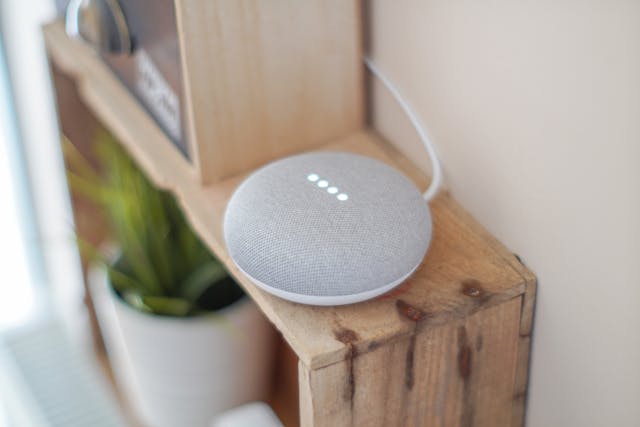Staying on top of the news can be hard, and it can be even harder to keep track of news and stories that one is genuinely interested in. Topics of interest often get lost and muddled beneath the weight of news, gossip, and social media feeds that are of little to no interest to the user. Flipboard aims to change up that playing field; the website is “on a quest to transform how people discover, view and share content by combining the beauty and ease of print with the power of social media.” Flipboard, in short, acts as a virtual “magazine” of sorts, where the user’s interests are the front page and majority of the content, tailoring the news available to individual’s tastes and needs.
The website also offers an app, so that a user might be able to take thier magainze with them wherever they go. The app’s description goes on to say, “Flipboard is your personal magazine. It is the most popular way to catch up on the news you care about, discover amazing things from around the world, or stay connected to the people closest to you.”
Flipboard has been doing pretty well for itself with this approach; it has hit nearly 90 million users, which is double what it had in April. This statistic came into light shortly after an announcement of $50 million in funding for the project. Users currently “flip,” or view, about 7 billion pages every month.
Advertisers have begun to notice this new market, and have taken sure strides to capitalize on it. Among those utilizing this new resource are such big names as Target, Samsung, and Lexis, as well as big companies that one would expect on a news source site, such as Esquire, The New York Times, and Vanity Fair. Users tend to subscribe to the sponsored pages they “flip” to at a rate of 10%. In short, brands do well on Flipboard because they manage to do something that peaks user’s interest enough that they subscribe to them.
Perhaps the catalog-style that many brands opt for is pleasing to users in the way Pinterest is- “pins,” or, in this case, “flips” and “subscriptions” that allow the user to live vicariously through and, if they feel brazen enough, perhaps indulge themselves in. Ultimately, the website is beneficial for both users and advertisers; users are able to subscribe to topics that interest them allowing them to stay informed and well-versed in their areas of interest. And if advertisers fall into those interests, it seems to be a win for all parties involved.
[Image courtesy of Flipboard’s About section.]







 WebProNews is an iEntry Publication
WebProNews is an iEntry Publication